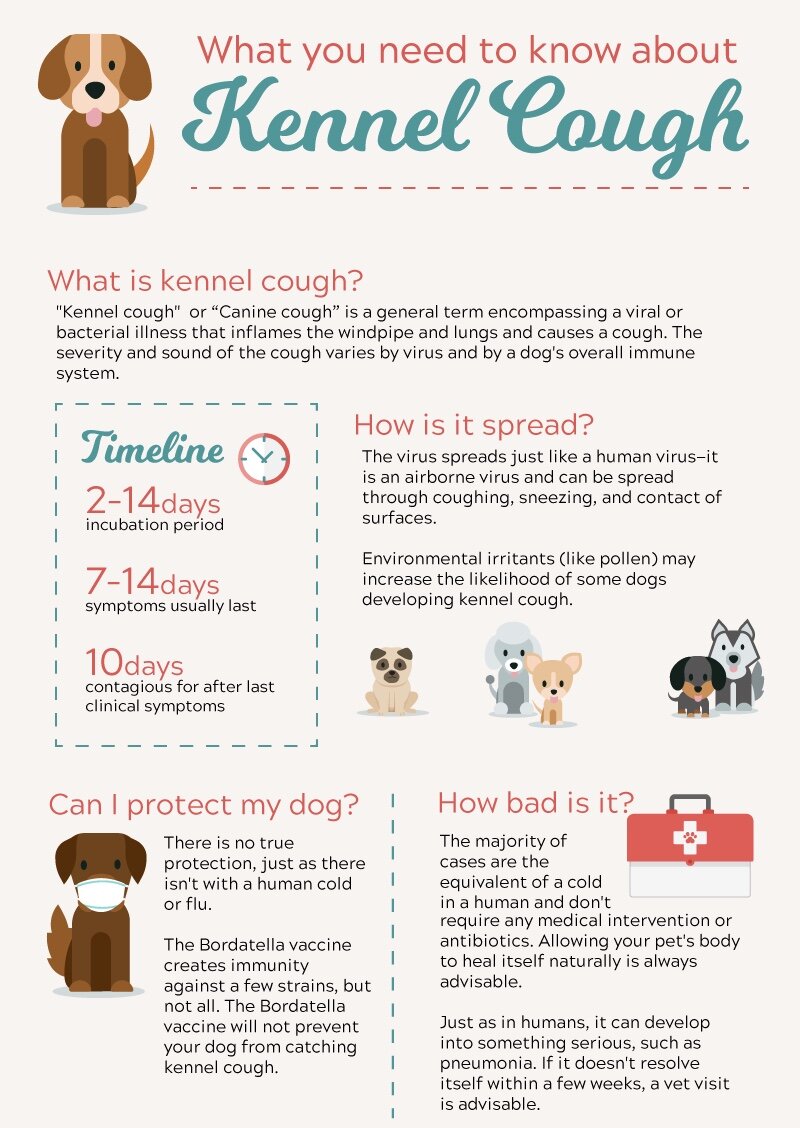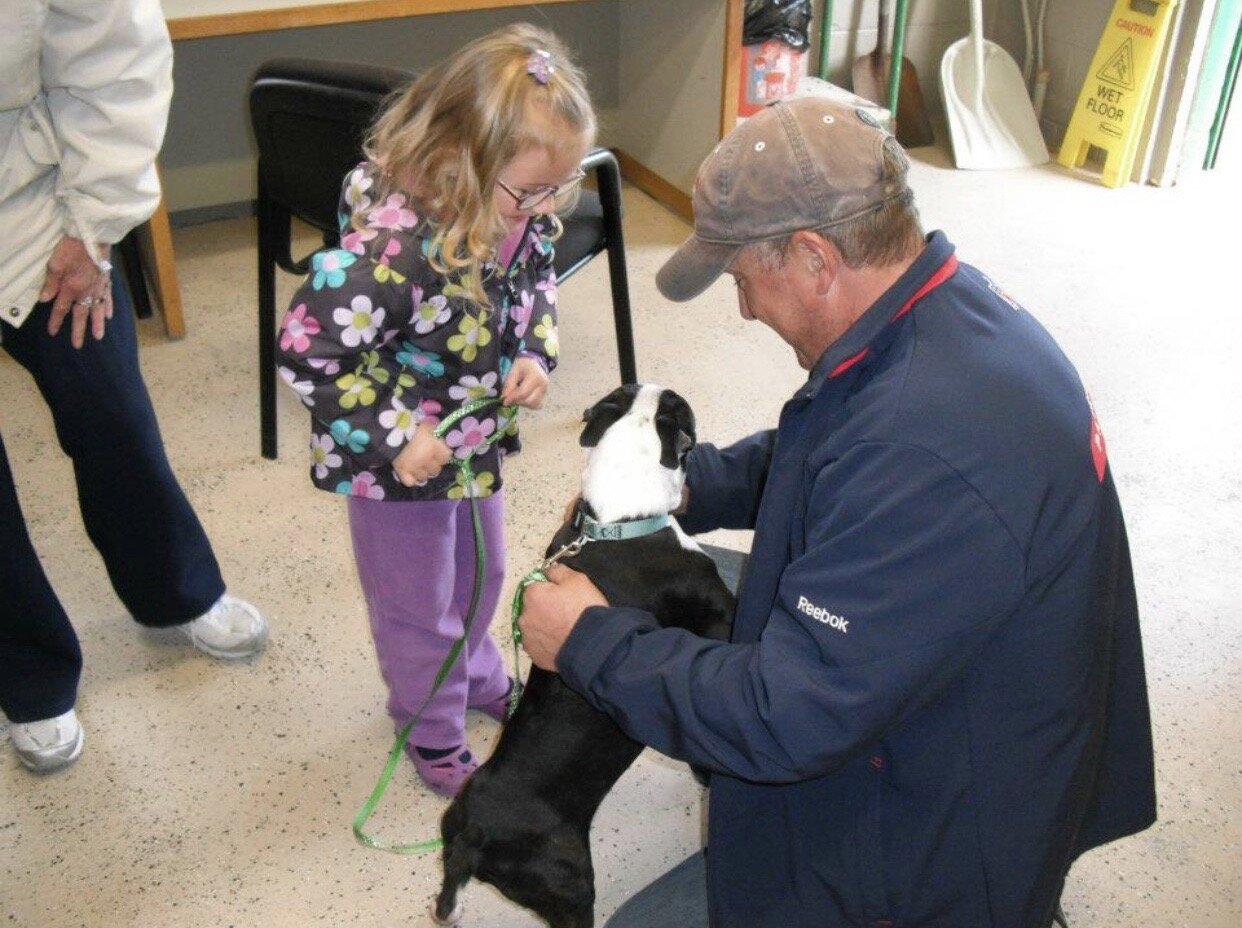Credit: Pooch Parenting
These are dogs that may lunge, bark, whine, growl, snap, or display other "aggressive" looking behaviors. Reactivity may be due to lack of socialization, frustration, or physical conditions, but it is usually embarrassing to the owner who may not understand their dog’s behavior. Some people will say oh my dog has big dog syndrome or PTSD, or any other multitude of ways to describe their dog’s reactivity. Unfortunately, it’s just plain old reactivity and that’s okay. Reactivity is your dog’s way of saying what I see in front of me scares me.
Credit Lil Chin
What does reactivity look like with some dogs?
This can manifest in a multitude of ways. It can mean dogs lunge and bark while out on a leash towards all dogs or even towards certain dogs. It can mean that dogs lunge and bark at humans wearing baseball hats or just humans in general. The basics of what reactivity looks like is the dog is acting in what some think is aggression. A lot of people think reactivity is aggression but aggression and reactivity are two separate and distinct things. Dog’s who lunge and bark almost always do this out of fear. They are fearful of the trigger (dogs, people, other animals) and they think if they lunge and bark then whatever is scaring them will go away.
WHAT CAUSES REACTIVITY?
There’s no one thing that causes reactivity. Some people will tell you that their dog became reactive after it was attacked by another dog and is now fearful of other dogs. Others will tell you that their dog just decided that it doesn’t like other dogs. In some cases a senior dog just needs more space. Most of the time it’s due to undersocialization. Which is why when you have a new puppy it is so important to socialize your puppy in the best possible positive manner with the right positive reinforcement trainer.
Credit Lili Chin
what about using a “training” collar?
ABSOLUTELY NOT! A prong, shock or choke collar used on a reactive dog (let alone a non-reactive dog) is the worst thing you could ever do. What people don’t realize is that by using these so called “training tools” not only do you change the bond you have with your dog but you also can change your dog’s behavior for the worse. Using any sort of aversive on a reactive dog will not help their reactivity, they actually only make it worse. By using aversives with reactive dogs you are showing your dog that other dogs cause them pain and fear and so therefore they only become more reactive. A dog that pulls to people or dogs and feels the discomfort of the prong collar is at high risk of creating a negative association to what it is looking at. It's called "learning preparedness." Physical discomfort ties to something in the environment. It is easy to be fooled by the dog that runs to the prong or shock collar and assume the dog likes it and thus it's okay. It is not. Especially not for a fearful dog.
what about board and train?
Unfortunately, a lot of those board and train places use aversive tools (as suggested above). There’s no other way they can get the results that they promise in the short amount of time they have your dog. They usually use fear and intimidation to get your dog to behave which have been proven to be ineffective and downright dangerous. There are quick ways to get a certain result, usually they are harsh if not cruel. The problem is, the results are only temporary because the dog has not learned the correct way to do something, instead it was forced. So in the long run, the dog finds other ways to compensate and get around this new forced behavior or action, resulting in new and compounded issues later on. The truth is aversive methods change behavior quickly so people want to use them. What they don't realize is that they are just suppressing the underlying problem which could come back to haunt them later. The dog is only behaving differently to avoid pain/fear. Don’t fall for the trap that the “trainer knows best” because that’s not always the case. Dog training is an unregulated industry and not all trainers are created equal. I’ve seen first hand how a normal dog went to board and train and came out reactive.
i’ll just exercise my dog more…
Exercise is not a cure for reactivity. A tried dog is just that a tried dog. By physically exhausting your dog, you’ve solved nothing and may make them less able to cope with everyday stressors. Think about it in terms of humans, when you’re tired you’re not likely going to be happy. I for one know that when I’m tired I’m less likely to want to be nice to people.
I’ll just send my dog to daycare for more socialization…
Unfortunately if your dog is older the socialization period has already ended and there is no way to go back in time. Plus by sending your dog to daycare you run the risk of trigger stacking them. They literally have no time to decompress. Tigger stacking is defined as ‘Stress accumulation due to exposure of multiple triggers, either simultaneously or close enough in time that the dog’s reactivity has not returned to normal.’ (Grisha Stewart, BAT 2.0). It may seem like your dog likes daycare but the reality is they’re doing everything in their power just to survive.
Okay so what do I use instead?
There’s no magic cure all for reactivity. With positive reinforcement and counter conditioning you can learn to manage your dog’s reactivity. This takes time, patience and LOTS of treats. You have to change the way your dog feels about its trigger (other dogs, people, skateboards). Using any form of force, frustration or flooding on fearful dogs makes the problems worse. That means there is no special collar, no special harness, no special tool whatsoever that can cure reactivity. There are a lot of trainers out there that will tell you they can cure your dog’s reactivity and all you have to do is strap on a certain collar on your dog. Unfortunately, that doesn’t cure reactivity and those trainers aren’t telling you about the potential fallout from such aversives. There are some really great ways to help your dog through reactivity like Leslie McDevitt’s pattern games (see video below) and the engage and disengage game (pictured right).
Some super awesome inspiration for reactive dogs
Here are some super amazing dog moms crushing it with their reactive dogs and force free training. Anyone who tells you positive reinforcement didn’t work for their dogs either didn’t know what they were doing or the trainer they hired didn’t know what they were doing. Kayla from the_toby_project who has made huge progress with her reactive dog and Jen down in New Zealand with her reactive dog dax_theangrydog.
Resources:
If you are struggling with a reactive dog and need help we recommend getting help from a qualified positive reinforcement trainer. Please reach out to us as we will help connect you with the right trainer in your area. In the meantime here are some resources to start working on your own:
Reactive Dogs Group on Facebook
Leslie McDevitt’s Control Unleashed, Book







